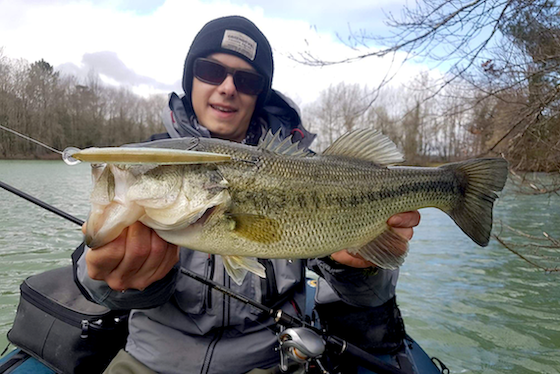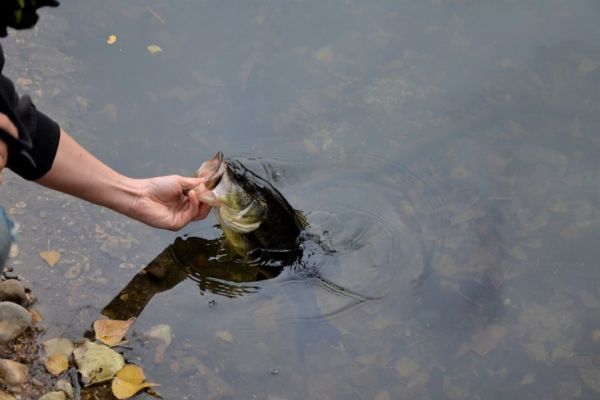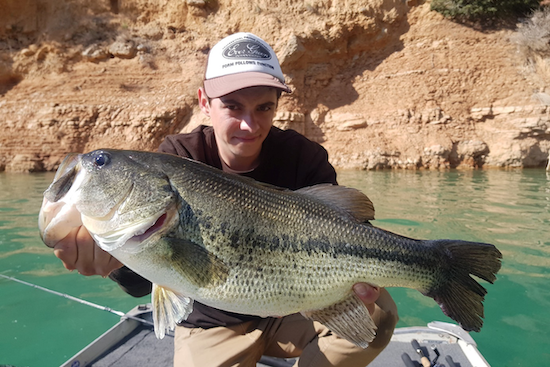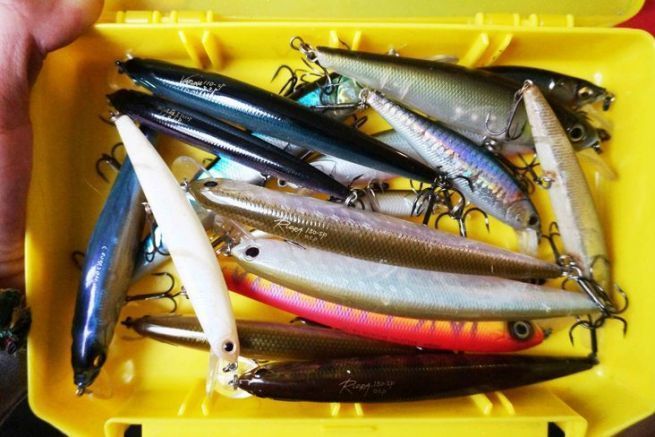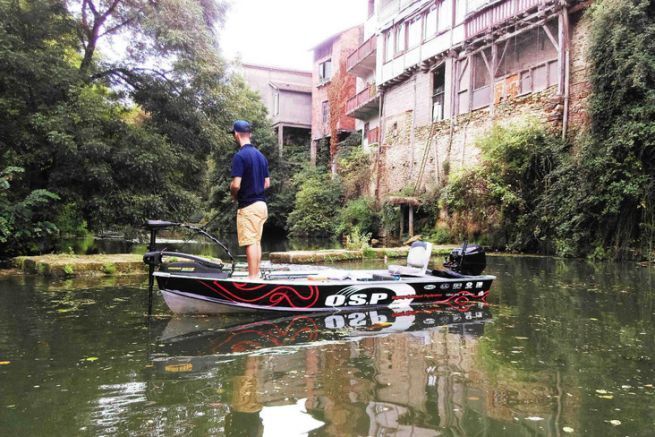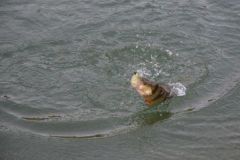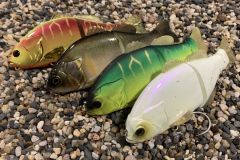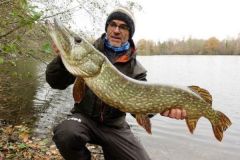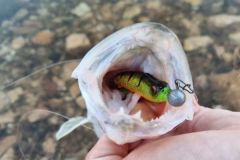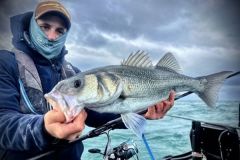Although known and relatively practiced, there are many subtleties in minnow fishing (or jerkbait, by which I mean a hard lure with a slender shape with a bib that can be animated with jerks or twitchs).
Rather than limiting ourselves to generalities, we are going to look at the details of the equipment and the animation that allow you to fish efficiently with the jerkait. The material used and the quality of the animations are intrinsically linked in this technique. Indeed, even with all your good will, it will be difficult to give the lure the desired action if your equipment is not adapted. It is thus with the material that we will start!
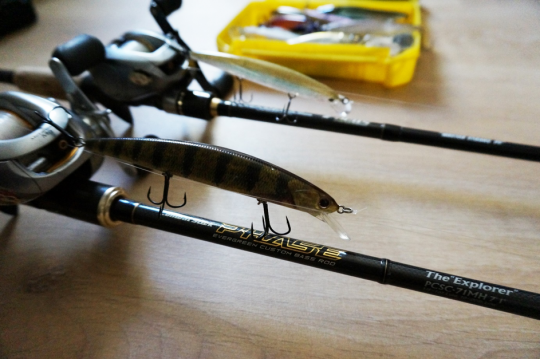
Power and length of the rod
Of course, the power of your rod must first be adapted to the weight of the lures you are going to use, so far nothing new.
The smallest minnow models (6/8cm) can be used on a Medium Light, the medium ones (9/11cm) on a Medium and the biggest ones on a Medium Heavy or even Heavy (11/13cm and more).
Personally I usually use a very versatile MH (Evergreen Phase "The Explorer") which allows me to fish with minnows from 9 to 13cm easily. It's more comfortable on models of 11cm and more, but works very well for lighter lures. On the other hand if I fish smaller, for example when I fish bass in the river, I prefer a Medium which is very suitable for 9/10cm.
Regarding the length of the rod, the 6'6 to 7'2 models are generally the most suitable, depending on your personal preference and size.
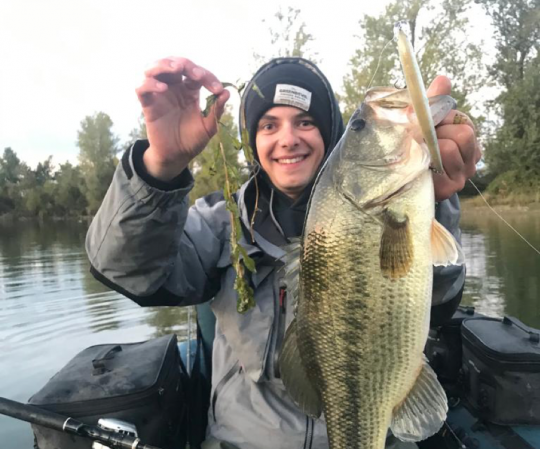
The action of the cane
Once you have identified your need in terms of power, you need to focus on the action of the canes. The most important element is the action you have in the tip of your cane. The scion must have a certain flexibility but with a good spring effect, which will make animation much easier.
If you're a fan of short rods under 2m, a less pronounced tip action will do the trick but will force you to animate more violently to compensate for the absorption of the blank. On the other hand, you will be potentially more at ease with float tube fishing in particular.
I add that it is appreciable to have a progressiveness in the action of the blank, allowing to reduce the stalls due to triple hooks. This "regular" side of the blank is also an advantage for long distance casting or to accurately propel a light lure.
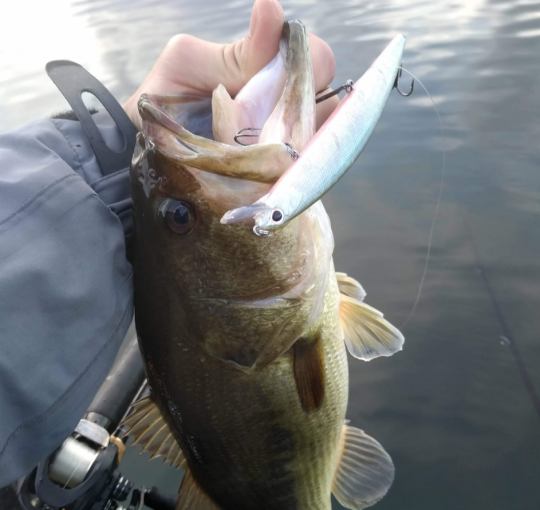
Personally on a relatively long rod of 7' and more, I prefer a Fast or even Extra Fast action. While on a model shorter than 6'8, I prefer a Regular Fast or even Regular action sometimes. The main thing is to be able to give the desired action to the jerkait. The famous "Jerk Jerk Pause" of the Americans. And this is precisely what we will discuss in the following article.

 /
/ 